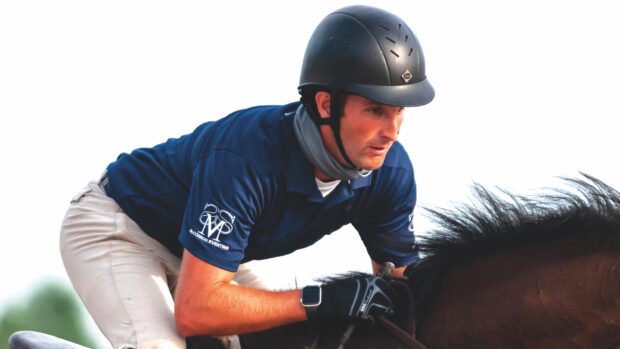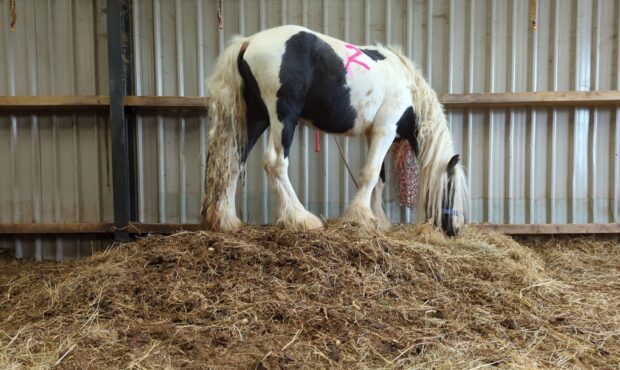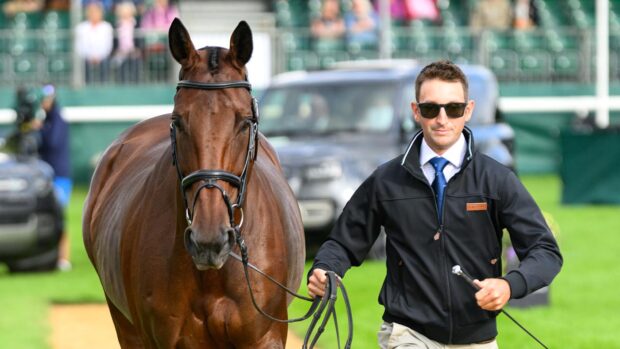EXPERTS should decide on priorities and the right approach for education of owners, and ensure consistent messages are given out to increase the likelihood of better horse welfare.
Speaking as part of the 2021 International Society for Equine Science (ISES) conference (20–22 October), David Marlin considered the challenges in “preaching further than the choir and congregation to improve horse welfare”.
Dr Marlin, who has published more than 200 scientific papers on a range of equine topics, set out different causes for compromised welfare: poverty, ignorance, accidental, unavoidable and deliberate.
He explained that poverty can be in terms of finances or facilities, and arrogance can be, for example, a rider saying he does not believe a certain practice is harmful despite evidence. He separated accidental and unavoidable, as the first could be something that could be mitigated, with better course-design, for example.
Dr Marlin conducted a simple survey on what people thought were the threats to global equine welfare, and ignorance came “way out in front”.
“I wasn’t surprised by that,” he said. “One example of ignorance that goes round every summer, and is shared by thousands, is that if you turn a horse out wet, the sun will heat the water and cause it to overheat. This is completely untrue, but in ignorance, it’s written and shared.”
Dr Marlin also cited the reaction of modern pentathlon governing body UIPM to the “disturbing episodes” seen during the Tokyo Olympics as an example of arrogance causing poor welfare.
“They didn’t seem to think there was any problem with the way horses were treated; some athletes publicly said, ‘What’s the problem?’” he commented. “This is a level of arrogance: ‘We do this and don’t really care what you think.’”
Dr Marlin asked where the opportunities are for education to improve horse welfare.
He said he does not believe there is hope for success in educating some of those who are deliberately abusing horses, such as doping them for competition success, but that “in some of the other areas, we can possibly have an impact”.
But getting the message out is difficult. When horse owners and riders have millions of website and social media platforms from which to gain information, it can be hard for them to tell what is the right advice.
When it comes to communicating the correct information, Dr Marlin said, a range of factors should be considered.
“We have to understand the equine care-giver – their behaviour and psychology,” he said. “If I say to someone, ‘Your horse has too many rugs on, that bit’s cruel and your horse is too fat,’ it’s confrontational and aggressive, and the person being attacked will be resistant and switch off; there will be a lack of willingness to change.”
Dr Marlin said the industry should be involved in the first “pre-contemplation” stage of behaviour change and in putting the right information out to take action.
“We’re preachers and choir and congregation, but there’s a huge number of people who aren’t even coming to the church,” he said. “There are limited chances for engagement and we need to prioritise – we can’t tell them every day about something different, so we need to pick our priorities and focus on them.”
Dr Marlin said deciding on the approaches to communicate appropriate information is also key and there must be consensus.
“A big complaint from owners is when they get mixed messages from experts,” he said. “That confuses them so they go away from experts and into communities where they get the answers they want. We need to understand the psychology of the intended recipients and we need to collaborate.
“This isn’t a job for one person, or even one organisation; there’s a much bigger opportunity if we collaborate on a large scale.”
You might also be interested in:

Leaving water on a horse will not make it hotter: expert busts the scraping myth

Top eventer calls for pentathlon rule change after controversial scenes

Unnecessary rugging could compromise equine welfare, study finds
The research compared horses’ temperatures in different types of rug

Tight nosebands can cause distress, study finds
Researchers found horses showed physiological stress responses when wearing a tight crank noseband in combination with a double bridle

Subscribe to Horse & Hound magazine today – and enjoy unlimited website access all year round
Horse & Hound magazine, out every Thursday, is packed with all the latest news and reports, as well as interviews, specials, nostalgia, vet and training advice. Find how you can enjoy the magazine delivered to your door every week, plus options to upgrade your subscription to access our online service that brings you breaking news and reports as well as other benefits.




